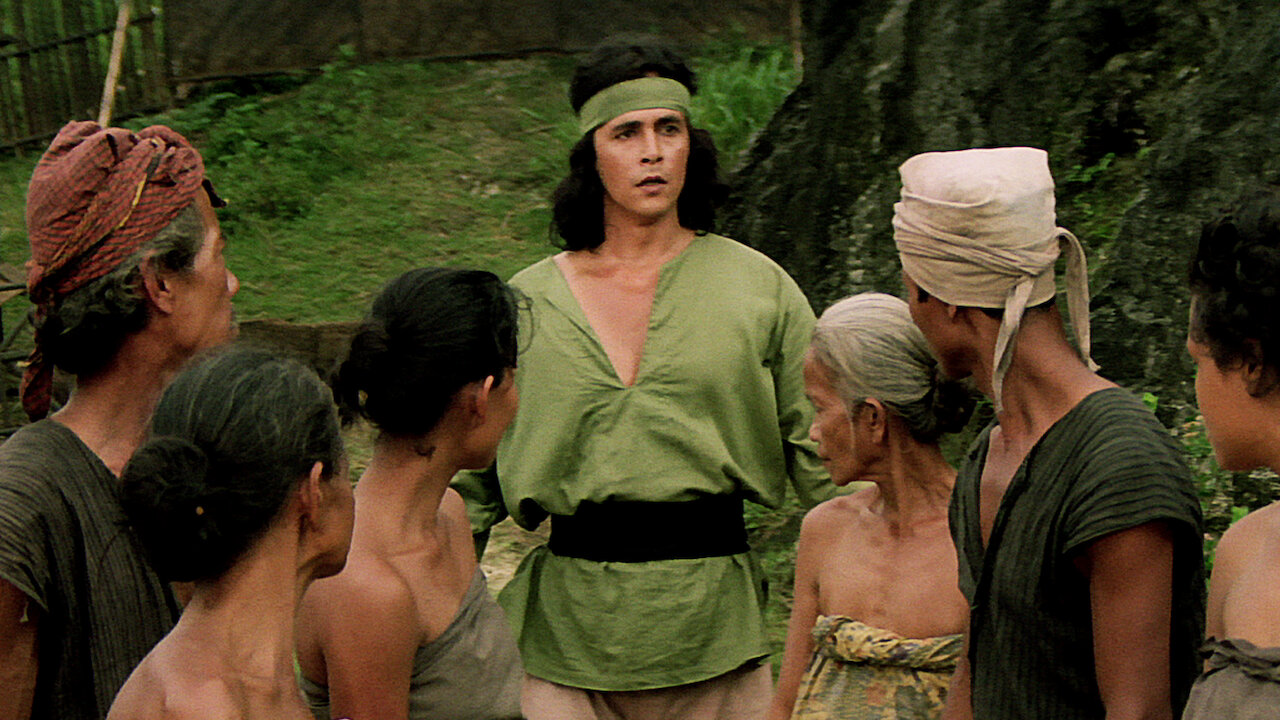
These include BEAST OF THE YELLOW NIGHT (1971) and THE TWILIGHT PEOPLE (1973).
Film indonesia jaka sembung movie#
John Ashley was a former television and movie star who featured in a slew of AIP beach party movies before making his fateful filipino sojourn in Eddie Romero flicks. The only annoyance in MAD DOCTOR OF BLOOD ISLAND is the rapid fire zoom ins and zoom outs whenever the monster shows up to mutilate a native or two. These movies are representative of a typical passion pit attraction that the hardtops didn't always embrace. This study aims to investigate how and to what extent TAF and its field agents furtively acted to construct an anticommunist motion-picture producers’ alliance in Asia, responded to local film executives’ various needs, and negotiated with the constantly changing political, social, and cultural environments in the region during the project’s active periods.All the blood island movies are well regarded amongst those who were lucky enough to catch them at the drive in and partake in some green blooded, chlorophyll monster mayhem replete with sex and gore. The Asia Foundation covertly supported anticommunist motion-picture industry personnel, ranging from producers, directors, and technicians to critics and writers in Japan, Hong Kong, Burma, and South Korea, as well as American and British motion-picture producers in Malaysia and Thailand through clandestine activities.

Under the leadership of its first president, Robert Blum (1953–1962), the Asia Foundation, a private nonprofit organization, was actively involved in the motion-picture industries in Cold War Asia. In the light of examination of popular narrative in Indonesian b-movies, especially on “colonial actions film genre”, this paper will provide insights into formation of national identity, religious tension and post-colonial situation.ĪBSTRACT: Drawing on archival materials from the Asia Foundation records at the Hoover Institution Archives and the Robert Blum Papers at Yale University Library, this article focuses on the origins and development of the Federation of Motion Picture Producers in Asia (FPA) by unveiling the existence of the Asia Foundation (TAF) and its forgotten motion-picture projects in Asia. Secondly, it is not a coincidence that the portrayal of Indonesian heroism in the colonial resistance movements is done in conjunction with national and religious (particularly Islamic) identity since there has been an overlap between national and Islamic identity in development of post-colonial discourse in Indonesia. First, this modern day stereotype should be seen in post-colonial discourse as the effort to situate Indonesian national identity in popular cognizance. The stereotyping of the Dutch in these films should be seen as a further strategy in a different context, in relation to two main reasons. This portrayal is always coupled with depiction of the films’ arch-protagonists as heroes who fight colonialism, and are equipped with religious justification and self-righteousness, which enable them to acquire superhuman strength.
Film indonesia jaka sembung full#
The portrayal is full of stereotype, in which the Dutch officials, as the colonial authority, are portrayed as “immoral” Westerners who are unjust and having insatiable appetite towards financial accumulation. This paper intends to examine the portrayal of the Dutch colonialism in Indonesian b-movies, which mostly occupied Indonesian screens in 1970s to 1980s. Today, Indonesian films of that period have begun to take on cult status as fans and others rediscover the country’s colorful cinematic past. And by the mid-1990s, just as the domestic film market collapsed and the era of television arrived, Indonesian film producers had already put Indonesia on the map of global cinema. By tapping into global film markets and following genre trends, Indonesian producers had hoped to emulate the success of exploitation films globally. This article explores the historical and structural background of the Indonesian exploitation films, and the aspirations behind their production.

However, the producers and filmmakers behind these films pioneered new transnational connections as they tried to tap into global film markets and networks. Seen within the dominant paradigm of the time, these films were exploitative and contributed nothing to national development or national culture. From Primitif (Primitives, Samtani & Sisworo, 1979) to Without Mercy (Outraged Fugitive, Samtani & Anthony, 1995), about fifty of these exploitation films were produced.

Indonesian exploitation films emerged from a particular political economy of the New Order and its film industry.


 0 kommentar(er)
0 kommentar(er)
